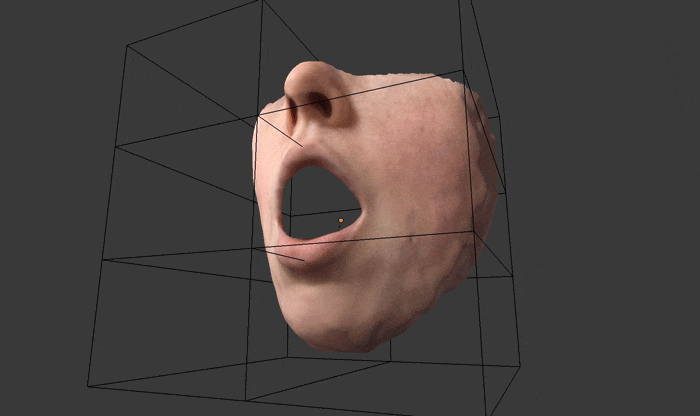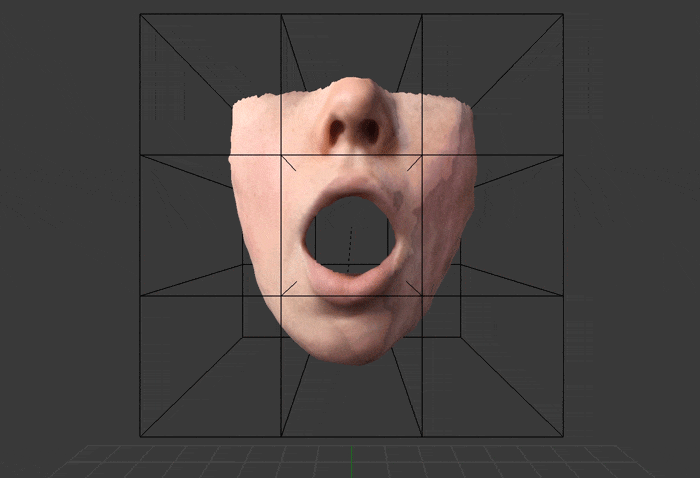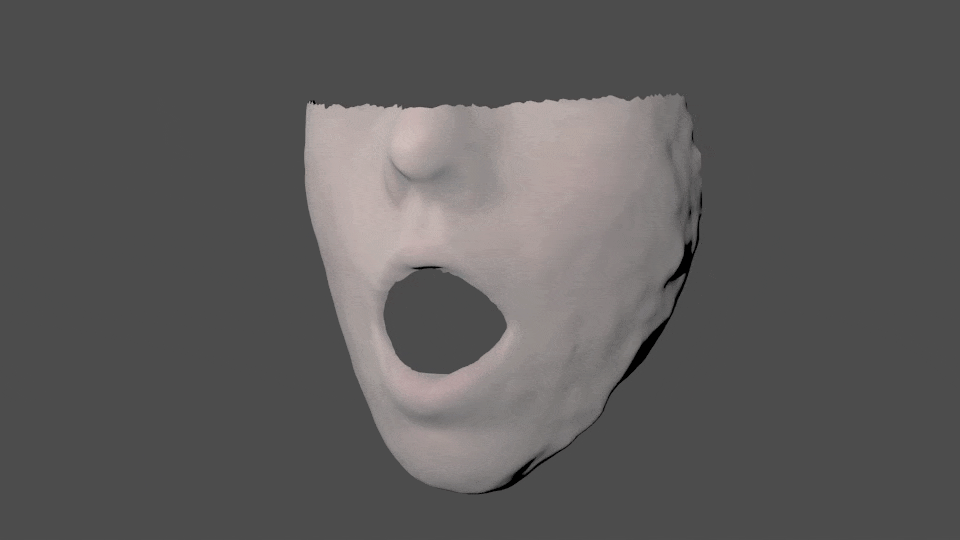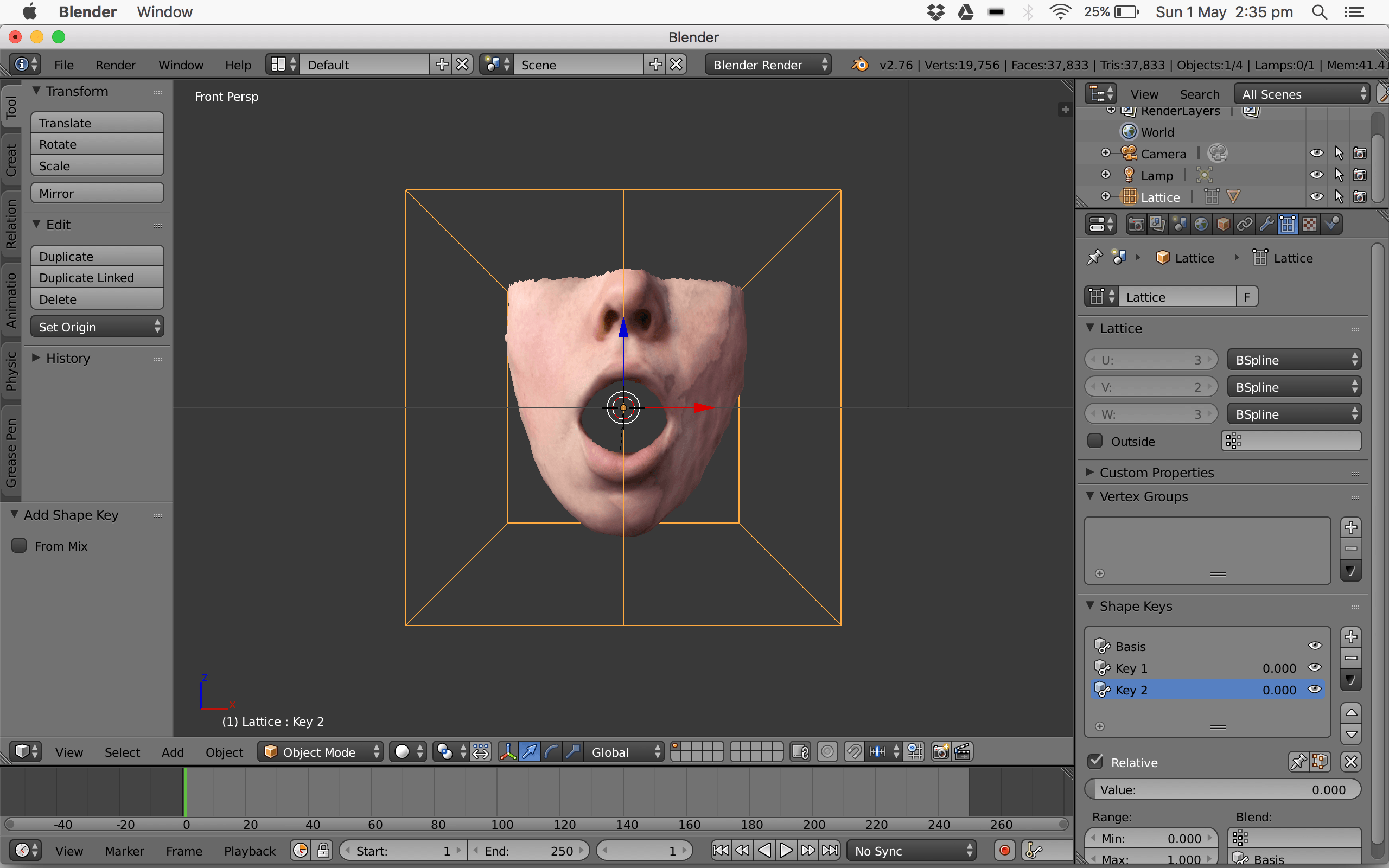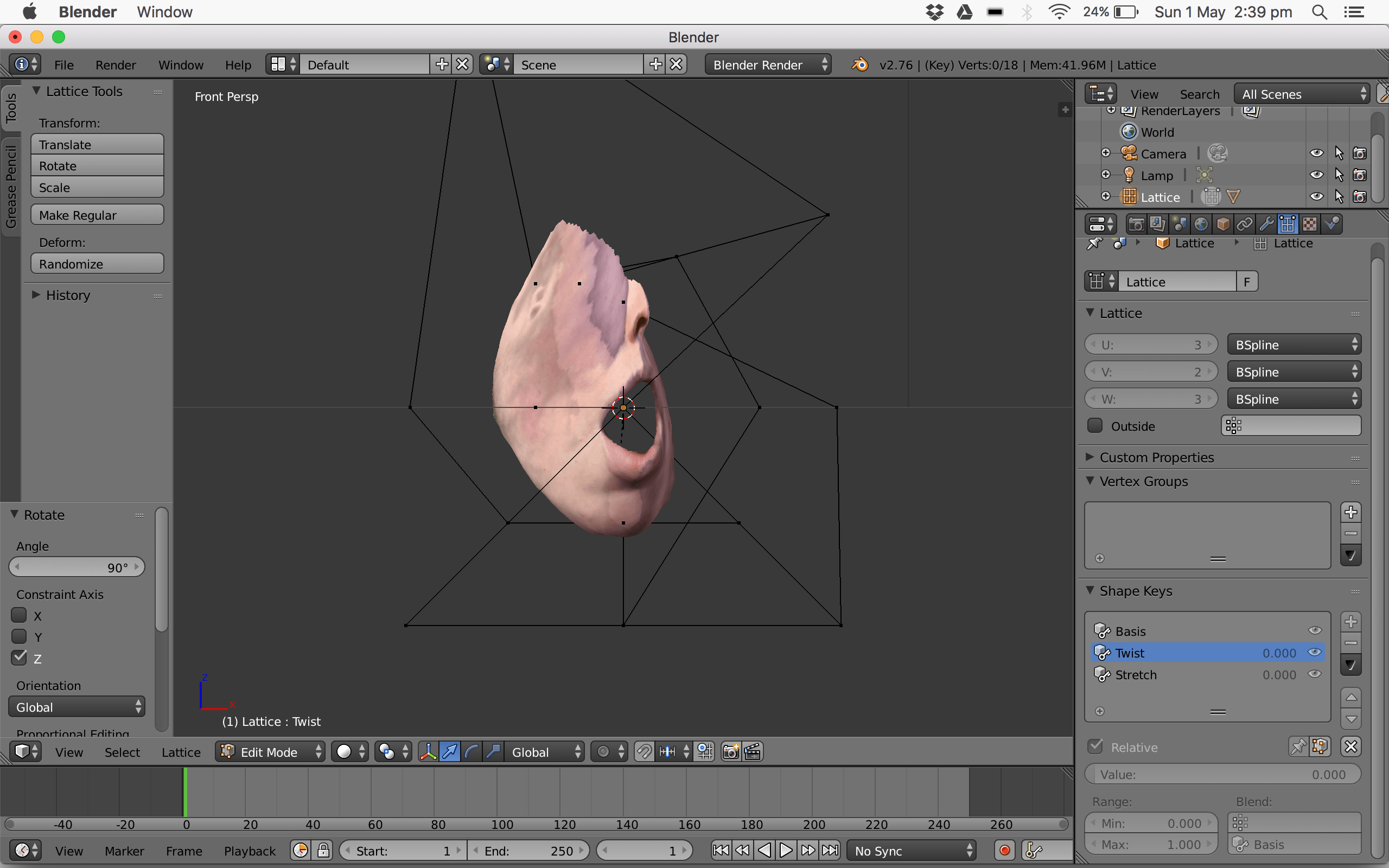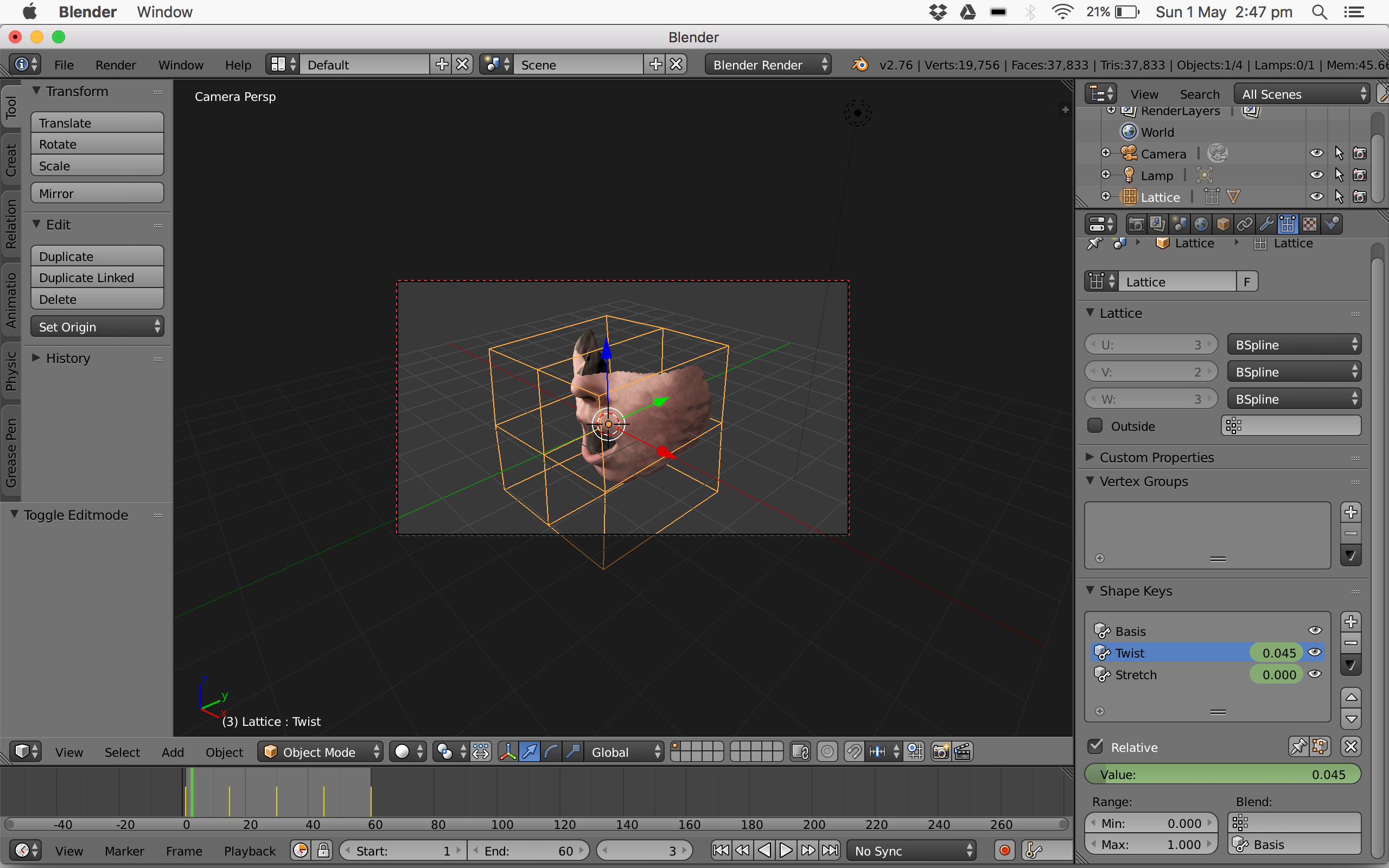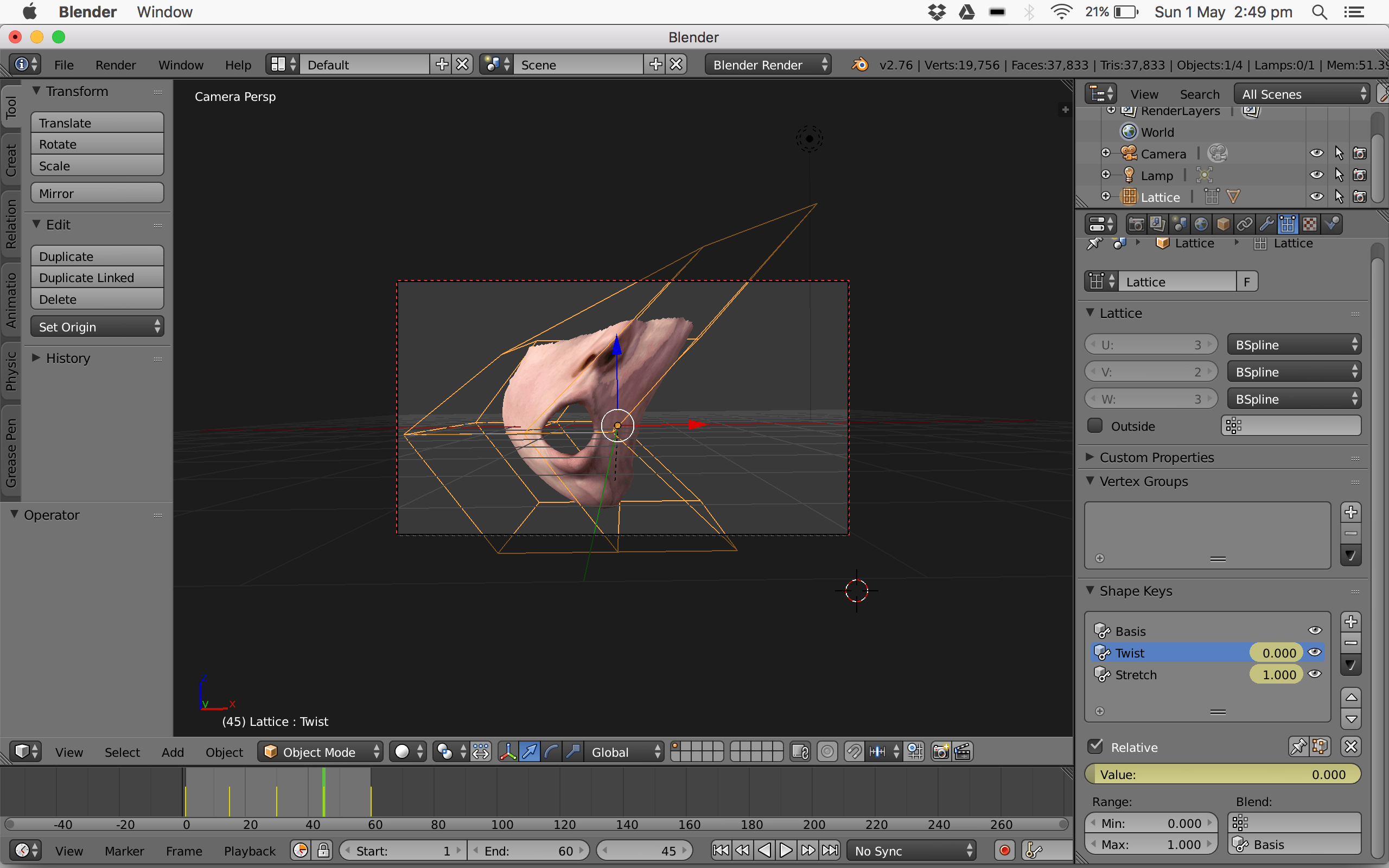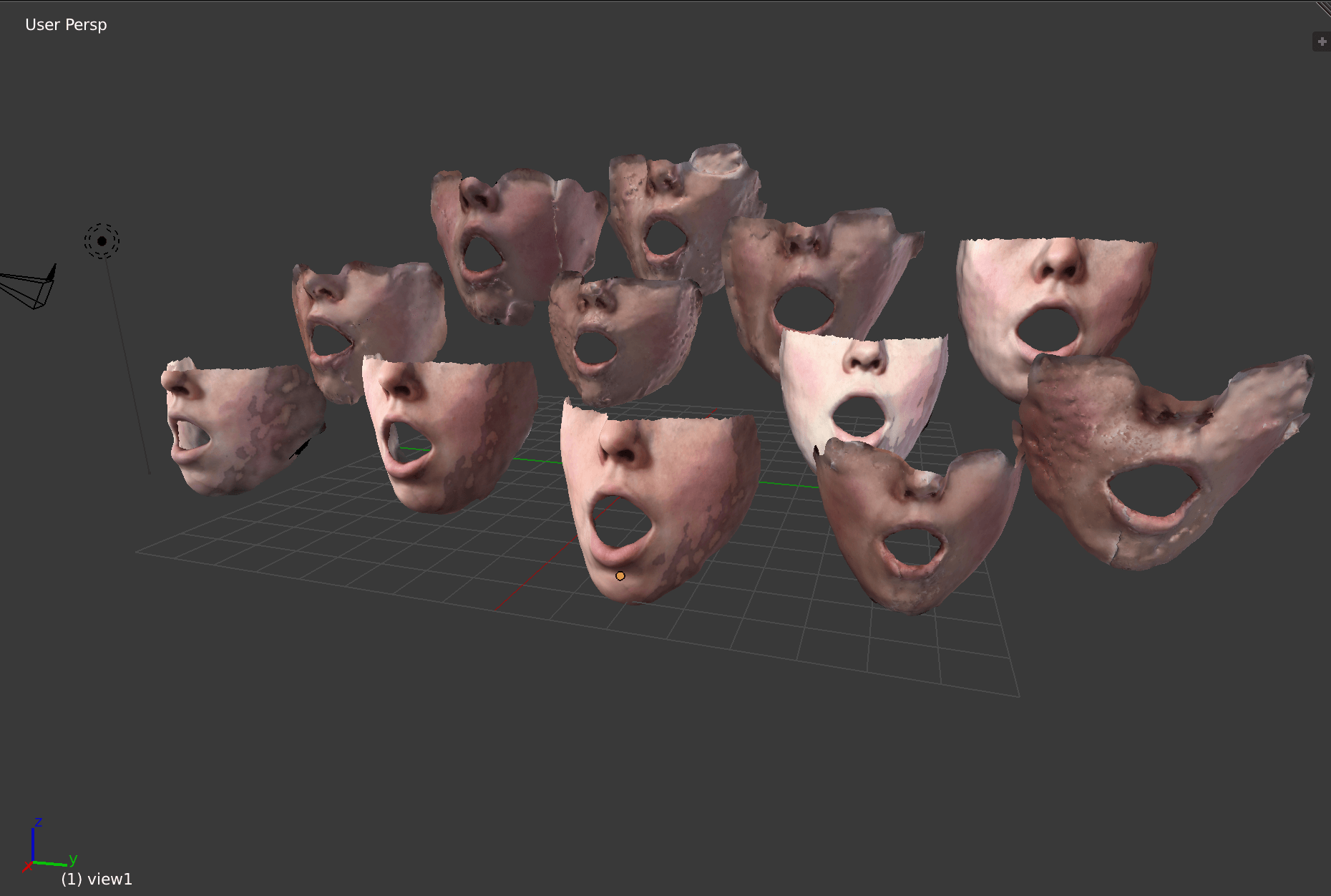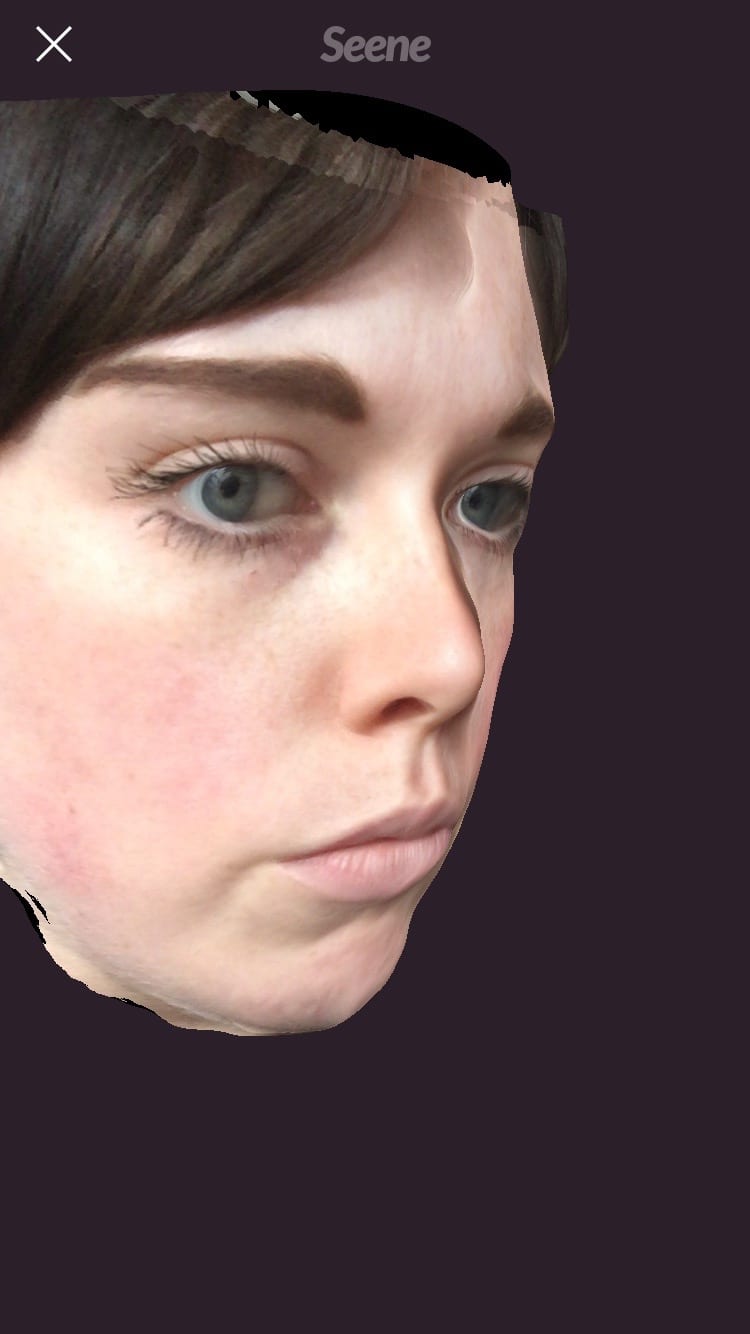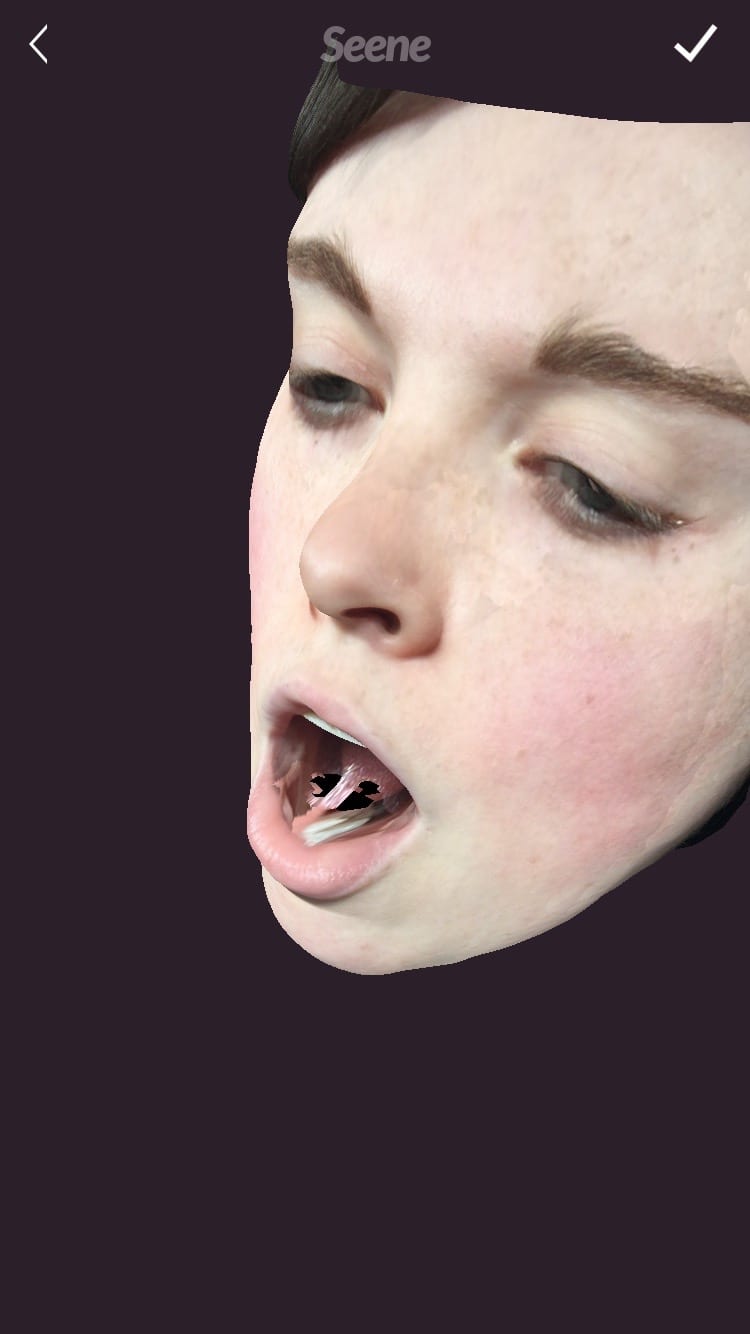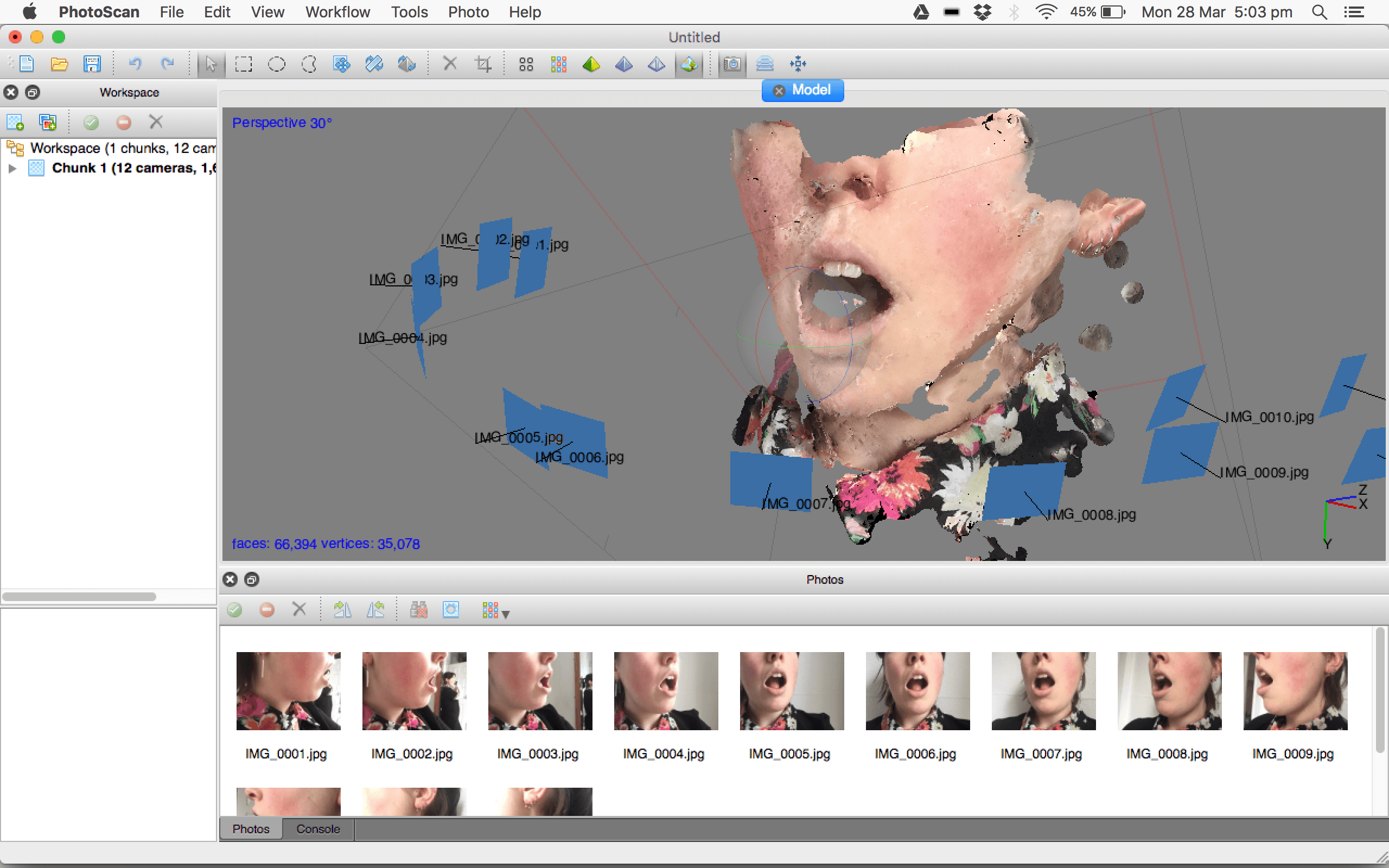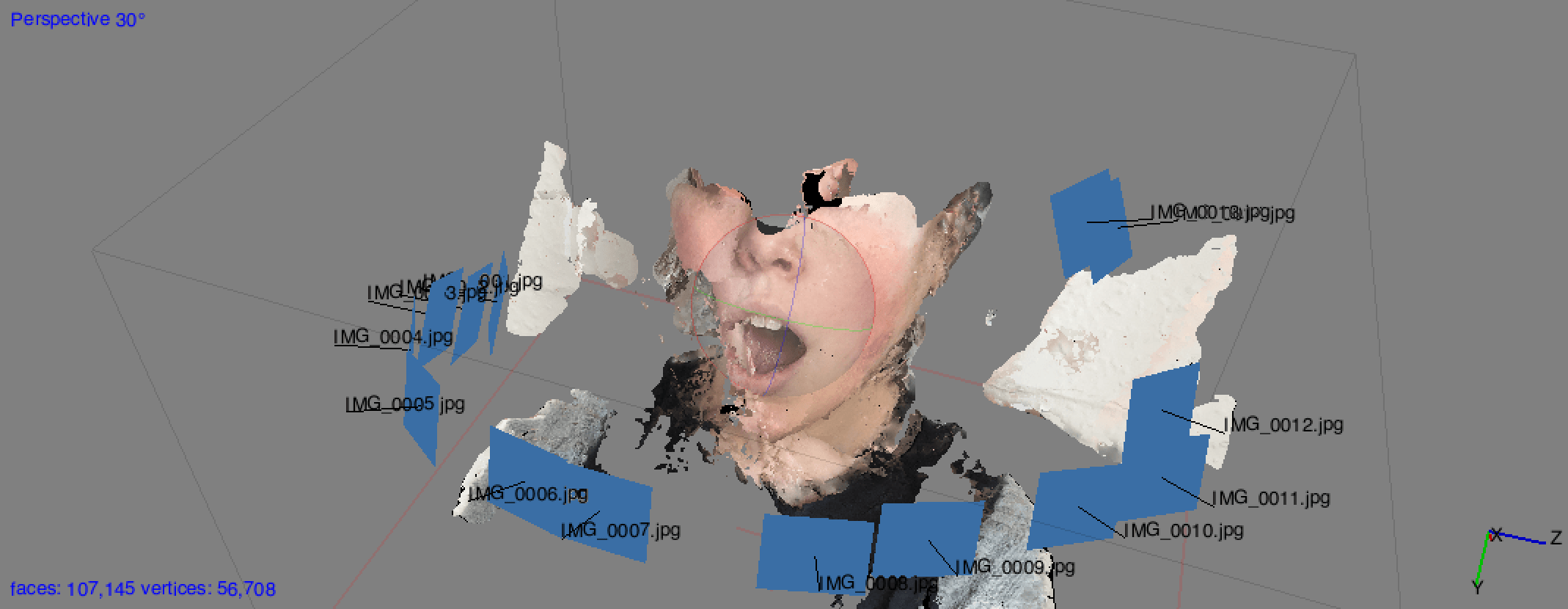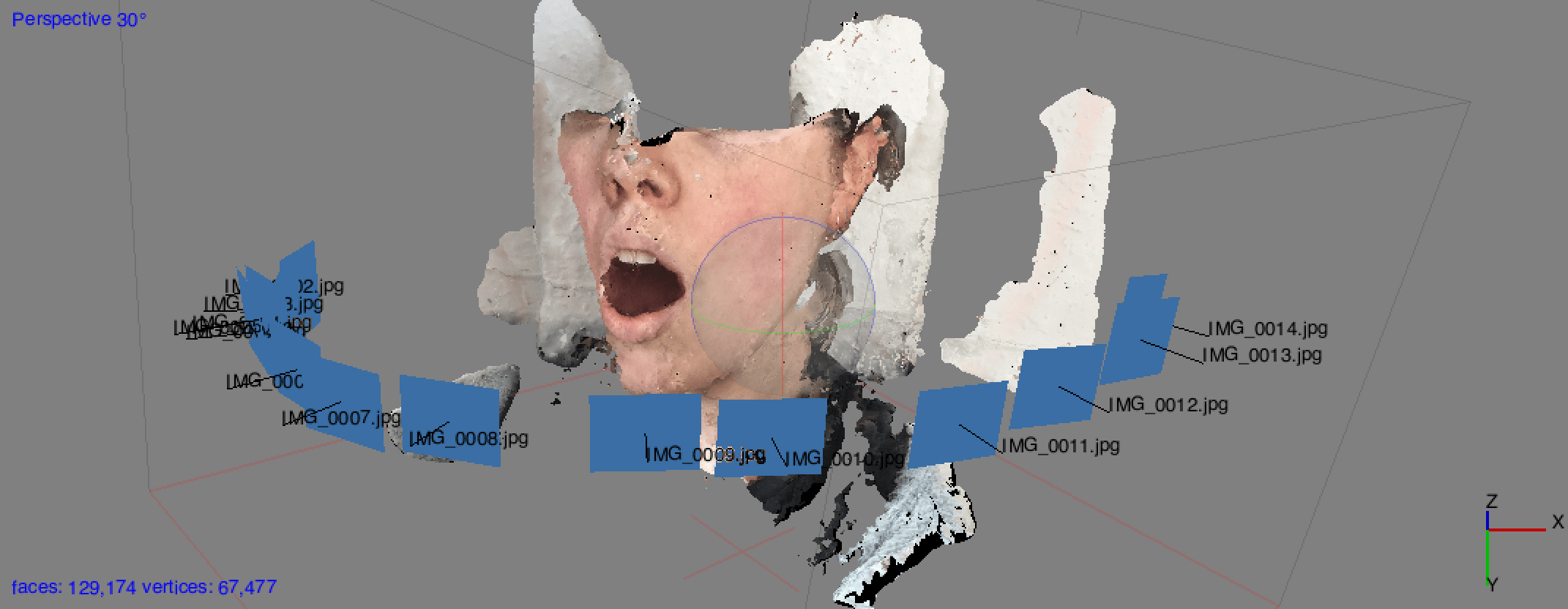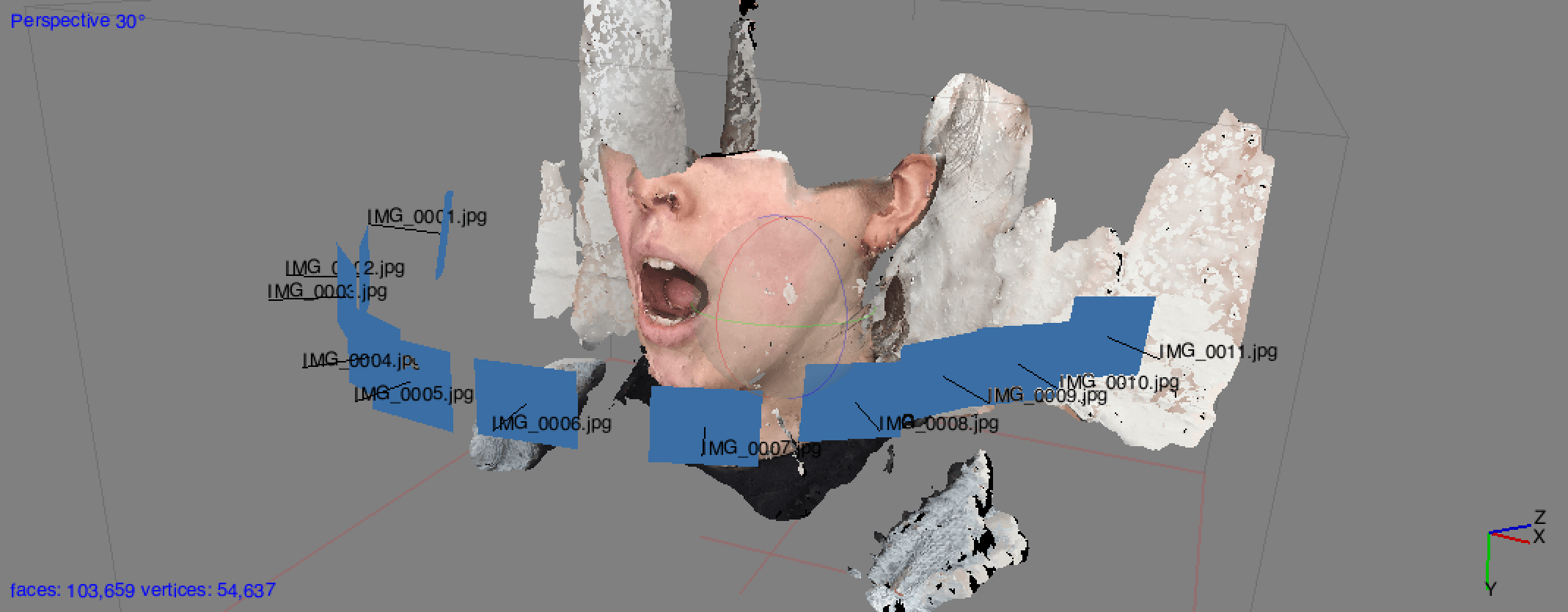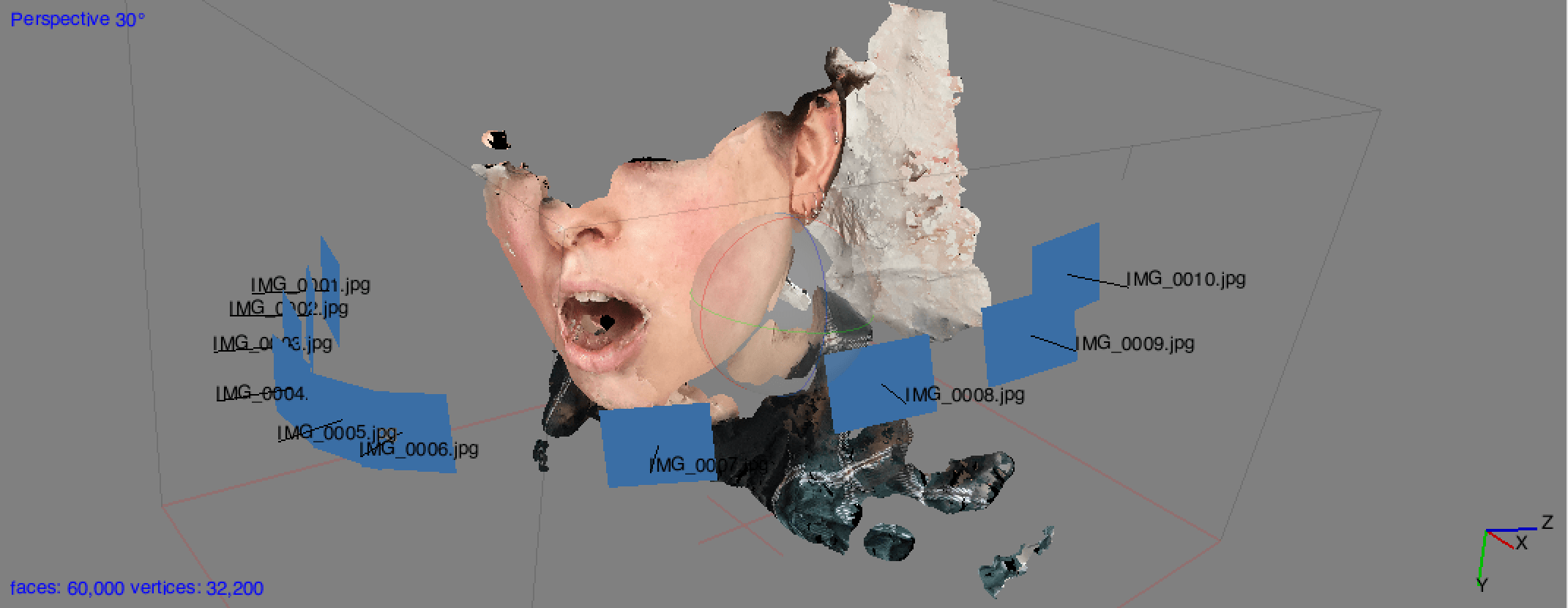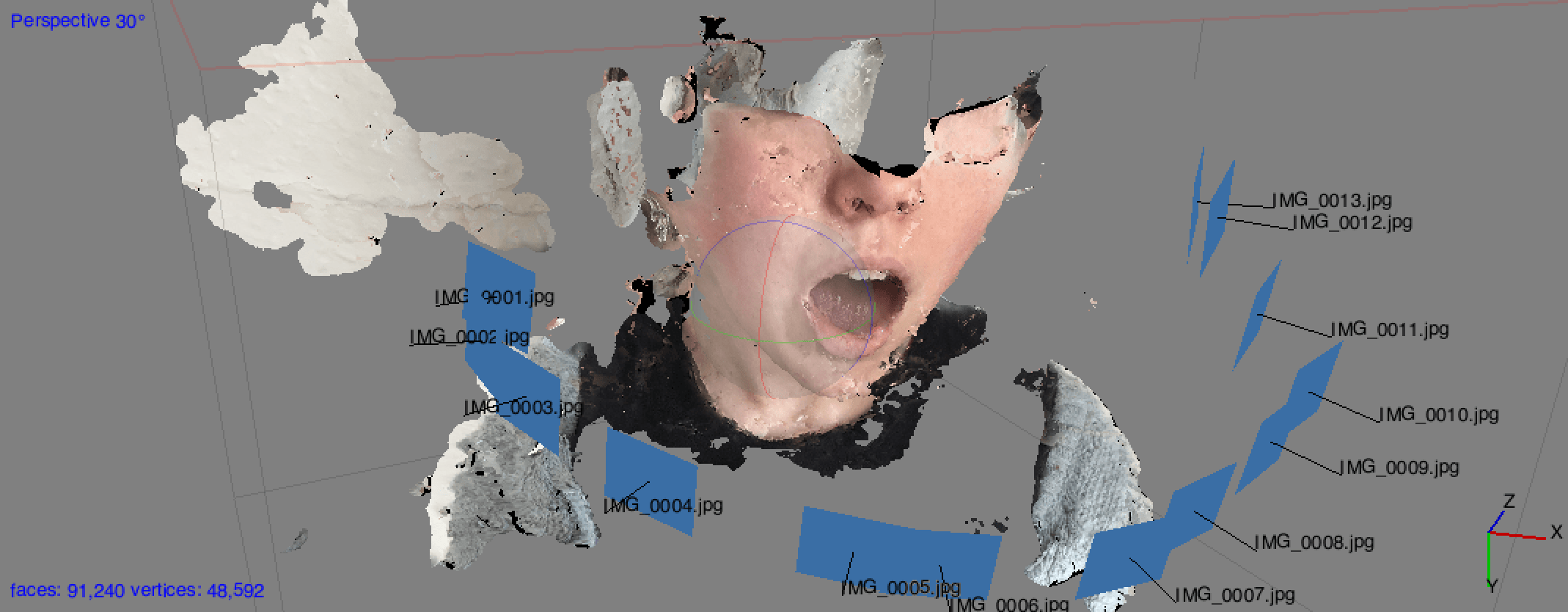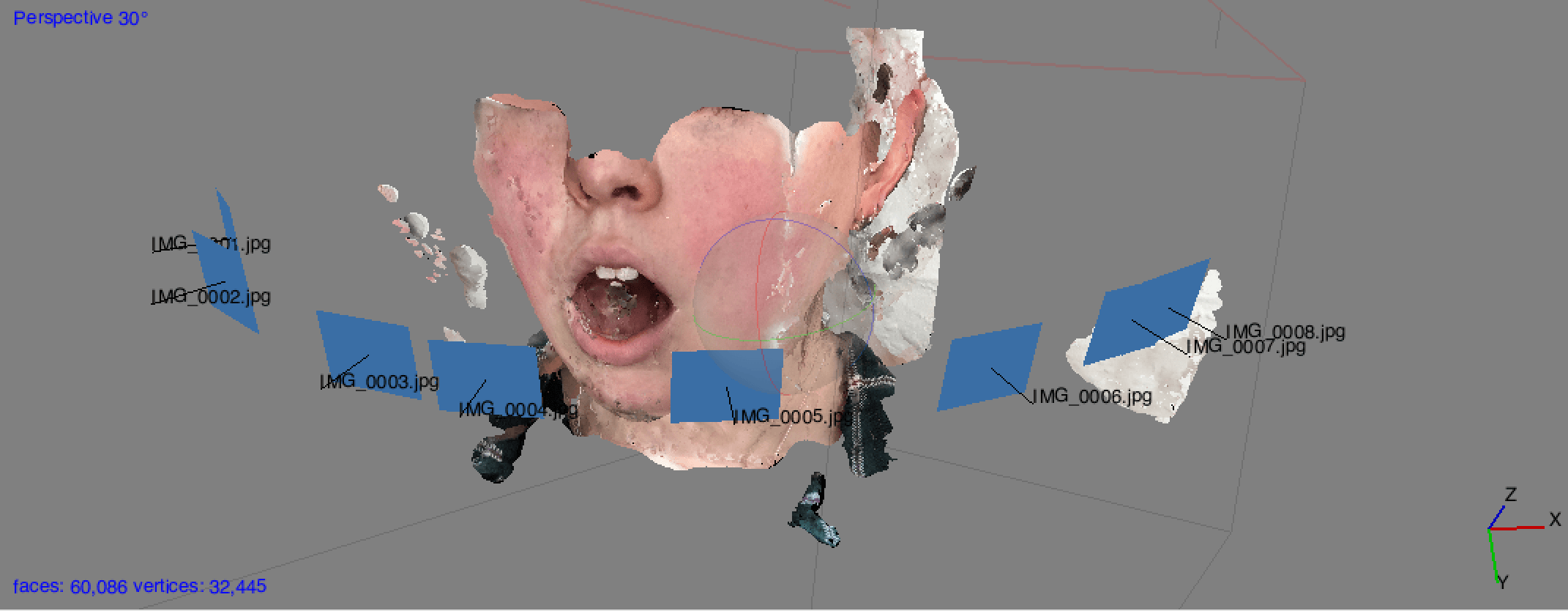Meeting with James Field 27/04/2016.
- To incorporate a screen based output as part of my project – this could be in the form of an animation of facial movement, this does however through up an issue of skills in terms of 3D modelling.
- Potentially I could look into animation in a non-literal sense, instead taking the inspiration from process and material I have been exploring theoretically.
- For my hand-in for Project 2 I can prototype the final realisation
- Developing this further in Project 3 to show clear development
- Producing 3 x printed heads and voice input/output initially – testing materials and finishing
- For the audio aspect of the choir I would need 1 input split into 3 outputs
- Possibly using 1 computer?
- Using processing – tapping into an external mic and then coded to alter the pitch
- Multiple output issues – the need for each speaker to have a different pitch
- Synthesiser
- 5.1
- Check with David McSherry/ Craig Bratley
- 1 input > 3 output
- Mixing desk
- Manipulate
- Expand
- Guitar pedels/ vocoder – raw and in the moment effect
- Ableton Live – real time signal processing software
Following on from this I spoke with David McSherry regarding the audio component and he advised it would be just as easy to create 4 outputs from 1 input, using 2 computers. The computers would then have software that can output a different pitch to each individual speaker.

